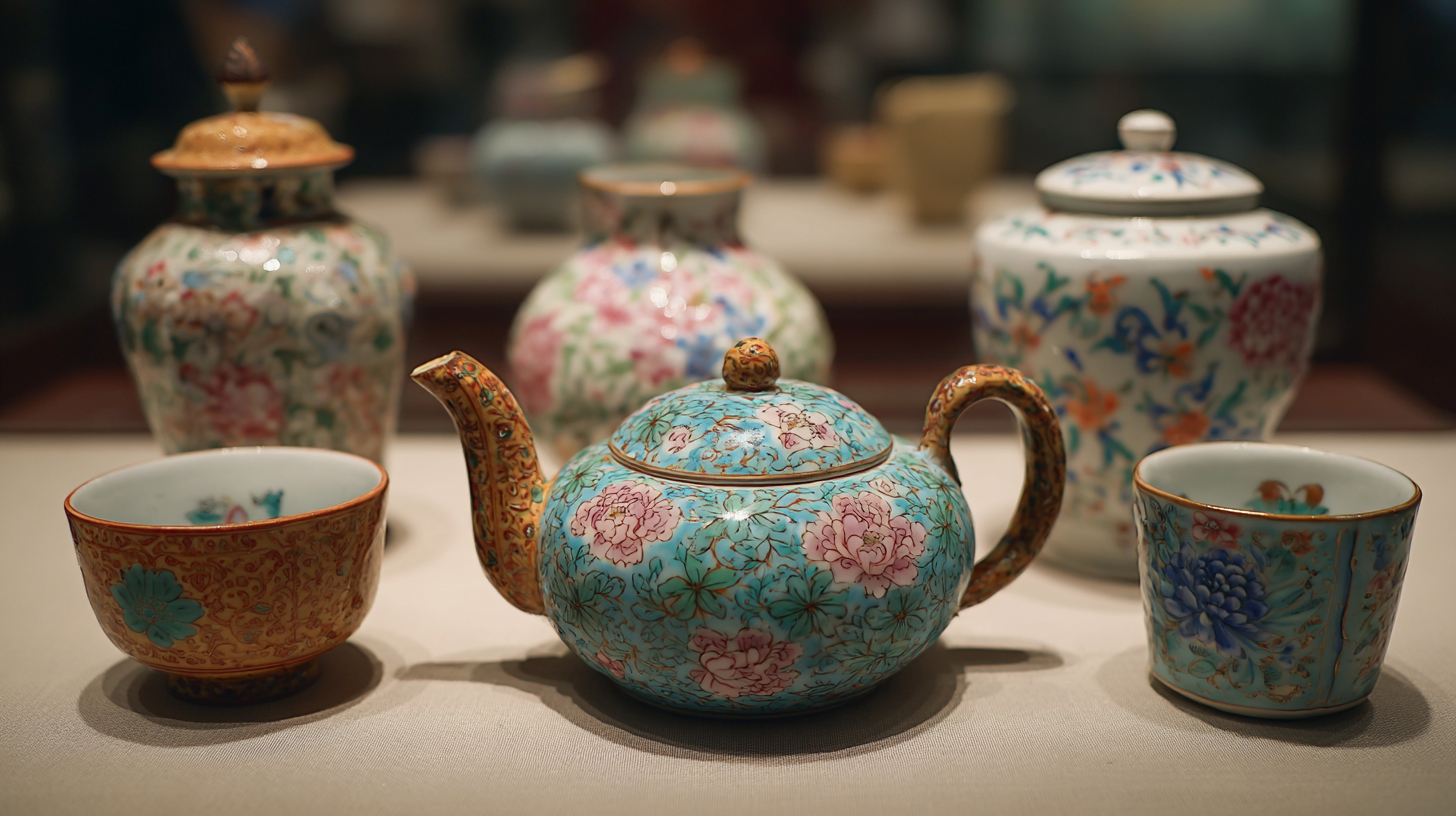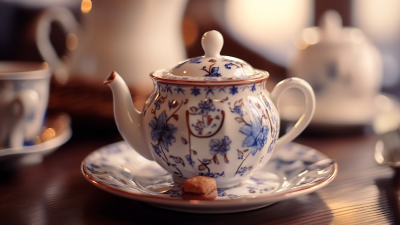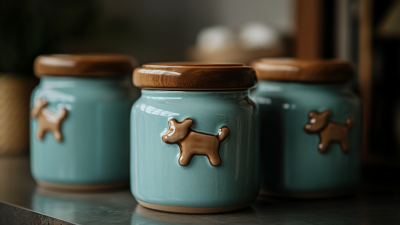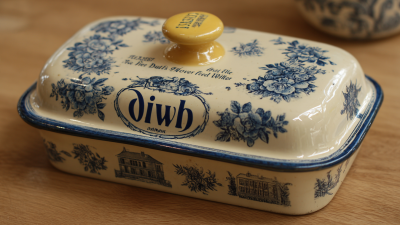

Porcelain tea sets have long been celebrated as exquisite embodiments of artistry and culture, capturing the essence of sophistication in both their design and function. This exploration takes us on a captivating journey through history, tracing the origins of porcelain and its evolution into the elegant tea sets we admire today. From the intricate craftsmanship demonstrated by master artisans to the socio-cultural significance these sets have held across different eras, the world of porcelain tea sets offers a rich tapestry of stories and traditions. As we delve into the meticulous techniques used in their creation and the aesthetic choices that characterize various styles, we will uncover the enduring charm of these delicate objects. Join us in appreciating not only the beauty but also the historical journey that porcelain tea sets represent, as they continue to enchant tea lovers and collectors around the globe.
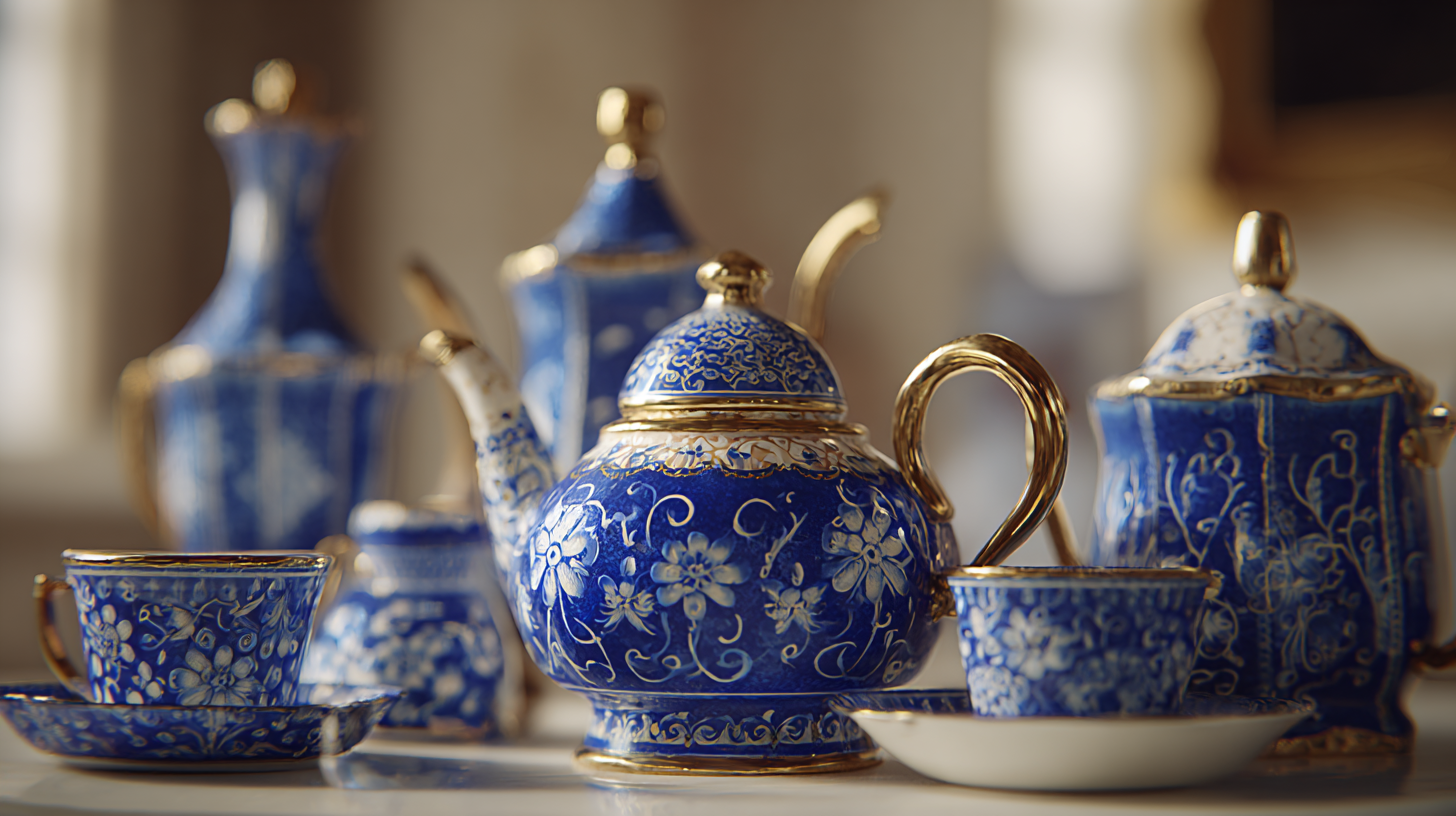
Porcelain tea sets have played a significant role in various cultures, especially in China, where the art of porcelain began over a thousand years ago. The invention of porcelain transformed tea drinking from a simple pleasure into an elaborate social ritual. The delicate and intricate designs often featured symbolic motifs, reflecting the values and aesthetics of the time. As these tea sets made their way to Europe through trade, they became coveted items among the elite, further embedding them into the fabric of social gatherings and tea parties.
The craftsmanship behind these porcelain tea sets speaks volumes about the historical significance they hold. Artisans dedicated years to mastering the techniques required to create these elegant pieces, often requiring multiple firings and glazing processes. The ability to produce fine porcelain became a point of national pride for many countries, influencing trade patterns and diplomatic relations. Thus, porcelain tea sets not only served practical purposes but also symbolized cultural exchange, luxury, and artistic achievement across generations.
The crafting of porcelain tea sets is a meticulous process that combines artistry with technical expertise. Key techniques such as slip casting, hand throwing, and glazing all play vital roles in creating these exquisite items. Slip casting, for instance, allows artisans to mold fine porcelain into intricate shapes while ensuring uniform thickness, a process that has been fine-tuned over centuries. Data from the International Ceramic Association reveals that slip casting has increased production efficiency by over 30%, enabling artisans to focus on creativity and design.
Another essential technique is hand throwing, which provides artisans with the ability to create unique, one-of-a-kind pieces. According to recent industry reports, handcrafted porcelain tea sets have seen a resurgence in popularity, correlating with a 25% increase in demand for artisanal products in the past five years. Given the growing consumer preference for sustainable and locally-made goods, many of these handcrafted pieces are now being produced using eco-friendly materials and techniques.
Glazing is crucial in achieving both aesthetic appeal and functionality. The glaze not only adds a beautiful finish but also affects the durability and usability of the tea sets. Current trends indicate that the market for high-quality glazes, particularly those that are lead-free and food-safe, is expected to grow significantly, with estimates suggesting a market increase of 15% over the next three years. This emphasis on quality and safety reflects a broader commitment within the industry to meet contemporary consumer expectations while honoring traditional craftsmanship.
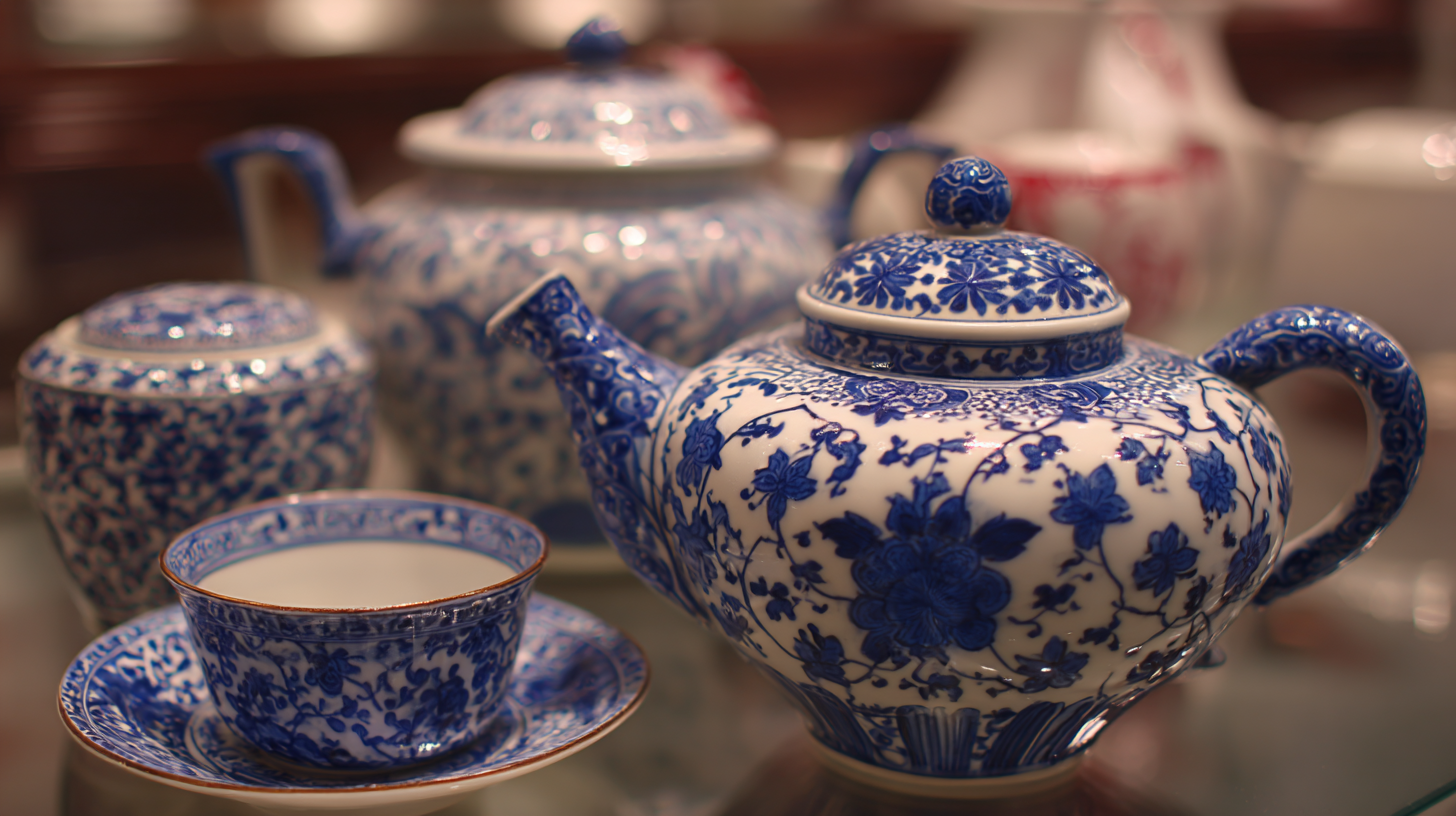
When selecting high-quality porcelain for tea sets, the choice of materials is paramount. Porcelain, known for its strength and aesthetic appeal, consists primarily of kaolin, feldspar, and quartz. The interplay of these materials contributes significantly to the durability and translucency that are hallmarks of fine porcelain. According to the International Ceramics Research Institute, the best porcelain is typically fired at temperatures exceeding 1,200°C, which allows for the formation of a dense and impervious body—a characteristic crucial for the longevity of tea sets.
High-quality porcelain tea sets often feature a glazing process that enhances their beauty and functionality. The application of a feldspar-based glaze not only provides a glossy finish but also contributes to the strength of the porcelain, making it less susceptible to chipping and cracking. Industry reports from the Global Porcelain Market Analysis indicate that consumer demand for premium porcelain has increased by 15% over the last two years, reflecting a growing appreciation for craftsmanship and the unique qualities of artisanal products.
By focusing on superior materials and innovative glazing techniques, manufacturers can create exquisite tea sets that stand the test of time while offering an elegant aesthetic that resonates with tea enthusiasts around the world.
Caring for and maintaining your porcelain tea set is essential to preserving its beauty and functionality. According to a report by the Fine Porcelain Manufacturers Association, professional restoration services are often sought after when porcelain is not properly cared for, which can significantly increase the lifetime costs of ownership. To keep your porcelain tea set in pristine condition, regular gentle cleaning with a soft cloth and mild soap is recommended, avoiding abrasive cleaners that could scratch the surface.
Additionally, proper storage is crucial in preventing chips and cracks. As highlighted in the Journal of Ceramics, about 15% of porcelain damage occurs during storage, often due to overcrowding or lack of cushioning. Using a dedicated display cabinet with adequate padding can help protect your tea set from potential accidents. Annual inspections for any signs of wear can also ensure that minor issues are addressed before they escalate to costly repairs. Investing time in the maintenance of your porcelain tea set not only enhances its longevity but also enriches your tea-drinking experience.
The evolution of design trends in porcelain tea sets reflects the changing tastes and
cultural influences over centuries. From the intricate blue and white patterns of the
Ming dynasty to the vibrant pastels
of the Rococo period, each era brought a
unique aesthetic that complemented the social customs of the time. During the Victorian era, for instance, tea sets became more
elaborate, featuring gilded edges and ornate floral designs that catered to the social
gatherings of the upper classes.
Tips:
When selecting a porcelain tea set, consider your personal style and the atmosphere you
wish to create. A minimalist design can enhance a modern setting, while a classic patterned
set may be perfect for traditional gatherings. Pay attention to the quality of the porcelain,
as this will impact both the durability and the elegance of your tea service.
In recent years, there has been a resurgence of handcrafted porcelain, with contemporary
artists drawing inspiration from historical designs while incorporating modern techniques.
This blending of old and new not only honors the craftsmanship of past eras but also allows
for unique creations that stand out in today’s marketplace. Embracing these trends can lead
to discovering extraordinary pieces that can serve as conversation starters during any tea
gathering.
